from giant antennas to astronaut food
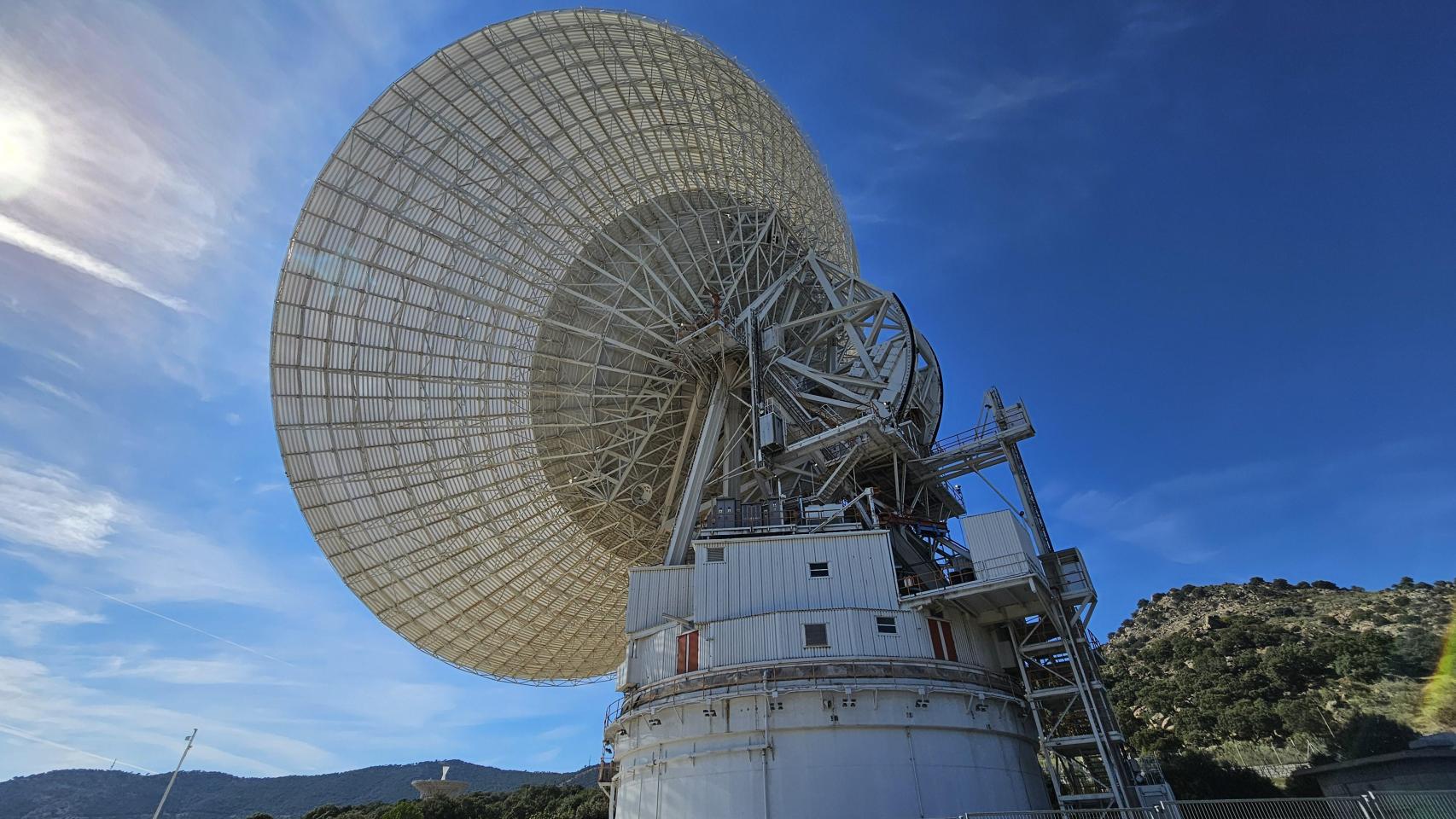
Neil Armstrong’s first words after landing on the moon in 1969 were received in Madrid via an antenna in Frenedillas de la Oliva. The satellite dish that made this historical moment possible is now located in Robledo de Chavela. Sierra de Madrid Station It is the largest of the three distributed throughout the world. which serve to communicate with all missions launched into deep space, from Voyager to the newest Clipper Europa.
On the occasion of the 60th anniversary of the agreement between Spain and the United States, which was extended for another 15 yearsEL ESPAÑOL-Omicrono had the opportunity to visit this historic station and learn from NASA representatives about the innovations that are being applied in its antenna network to be able to communicate every day with greater precision and over greater distances.
“We face two challenges“: Send more data at higher speeds for future missions, such as returning to the Moon with the Artemis program and continually updating this network of 60-year-old antennas,” Kevin Coggins, deputy assistant program administrator, explained to the publication. from NASA Space Communications and Navigation (SCaN) during his visit to Spain to mark the occasion.
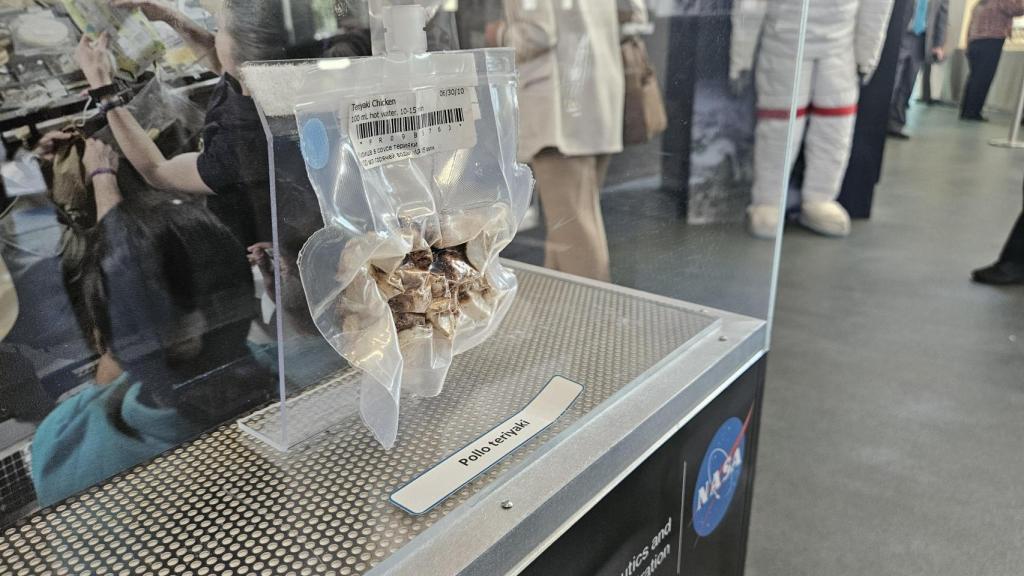
A bag of teriyaki chicken for astronauts at the Robledo De Chavela Museum
Omicrono
At the entrance, not only do logos and flags reflect the importance of this simple one-story building, the staircase has been engraved with footprints of astronauts, as well as the occasional space joke. Once inside, visitors only have access to a small museum room containing materials and models of the most important missionsthose from the Apollo program, such as space suits and bags of freeze-dried food. Access to the control room is prohibited, but the most important thing is to walk between the antennas.
The largest network
NASA communicates with all its missions from Canberra (Australia), Robledo de Chavela (Spain) and Gladstone (California), preventing the Earth from rotating and making communication difficult. This global network is known throughout the world as DSN, an acronym that matches its name in English: Deep Space Network (in Spanish, Deep Space Network).
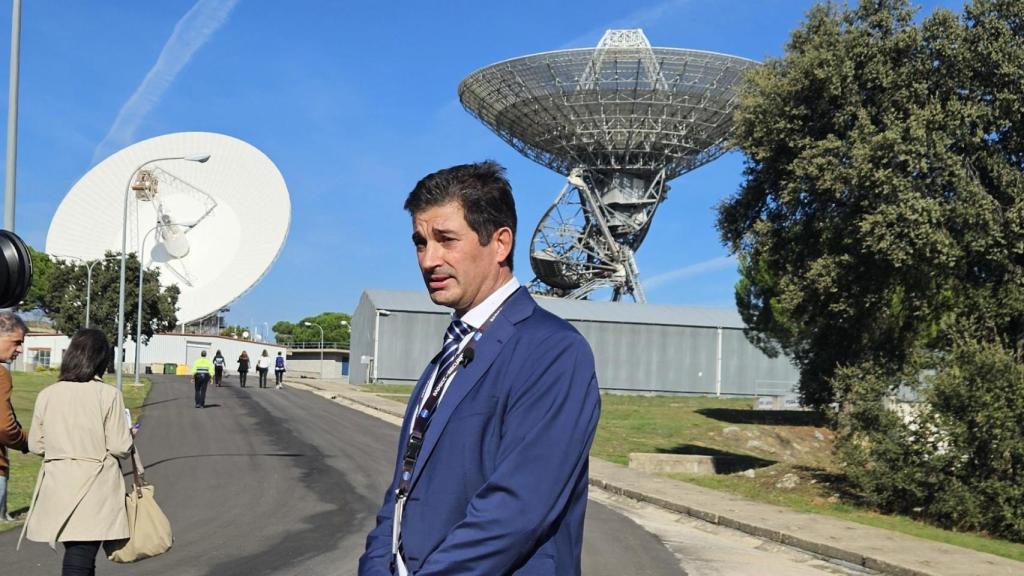
David Muñoz, NASA antenna manager at Robledo de Chavela
Madrid
Although there are other space observation sites in Spain, for example, in Maspalomas (Gran Canaria). The one in Robledo de Chavela is the only one that is part of the DSN and a complex that groups the largest number of antennas, up to 8, although two are no longer in use. The oldest, preserved as a monument to the beginning of the space race. The remaining stations have only four antennas.
The route is greeted by the largest antenna, a 70-meter dish, “like the bullring in Las Ventas,” recalls David Muñoz, antenna manager, as he begins the walk. The huge satellite dish encourages birds to perch on its rear grille to take a break from the Sun.
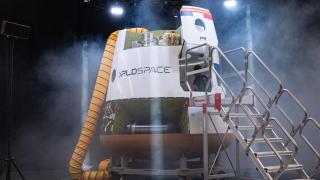
Omicrono
It was originally a 64 meter long antenna, but was expanded to 70 meters to be able to receive messages from more distant missions. It is twice the size of standard other antennas, but in terms of profit it is 4 times more. It also differs from others in that its design is hydraulic, meaning it floats on an oil film five to ten thousandths of an inch, “we’re talking in British measurements here.”
The oil is injected at very high pressure so it lifts the antenna and the motors are responsible for rotating it as each mission determines its position. These antennas are high-precision instruments, with the help of which you need to be able to aim with an accuracy of thousandths of a degree in order to be in the main lobe of the signal and receive the maximum. The remaining antennas are electric and move on wheels.
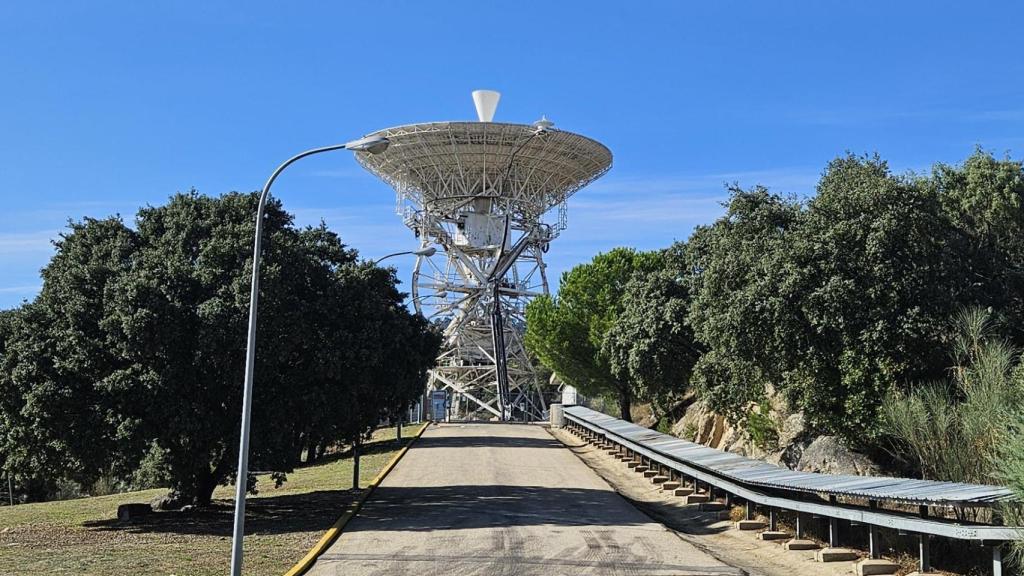
A disused antenna associated with Apollo 11 is now located in Robledo de Chavela.
Madrid
Constant update
The visit continues through a maze of smaller antennas, the most modern of which was opened two years ago. Each of them has a service life of 15 to 20 years, but some of them have been in operation for more than 50 years thanks to constant reconstruction. which were applied. For example, some rest on four-meter concrete foundations because their slabs had to be raised when they expanded.
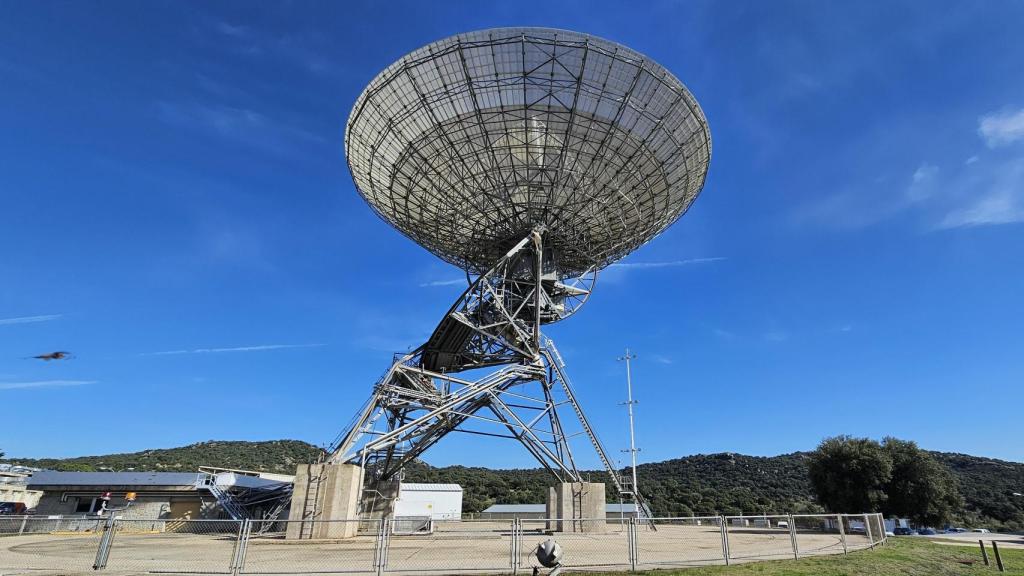
Renovated antenna on concrete pillars at NASA’s Robledo de Chavela station.
Madrid
Even one of the projects they are working on is relocating one of the oldest antennas, the concrete it sits on is suffering from aluminosis or concrete fever. Moisture affects concrete aggregates, causing them to expand and develop cracks that can compromise the accuracy of the antenna or even its integrity.
The larger the antenna, the better it can receive a distant signal. At the Madrid train station it is compared to the ear, which receives sound through the ear. The most significant case is the Voyager 1 spacecraft, or Voyager, as it is called here. This is the object created by humanity that has reached the farthest and is located at the edge of the solar system. That’s why, Its signal is very weak and requires higher antenna gain.
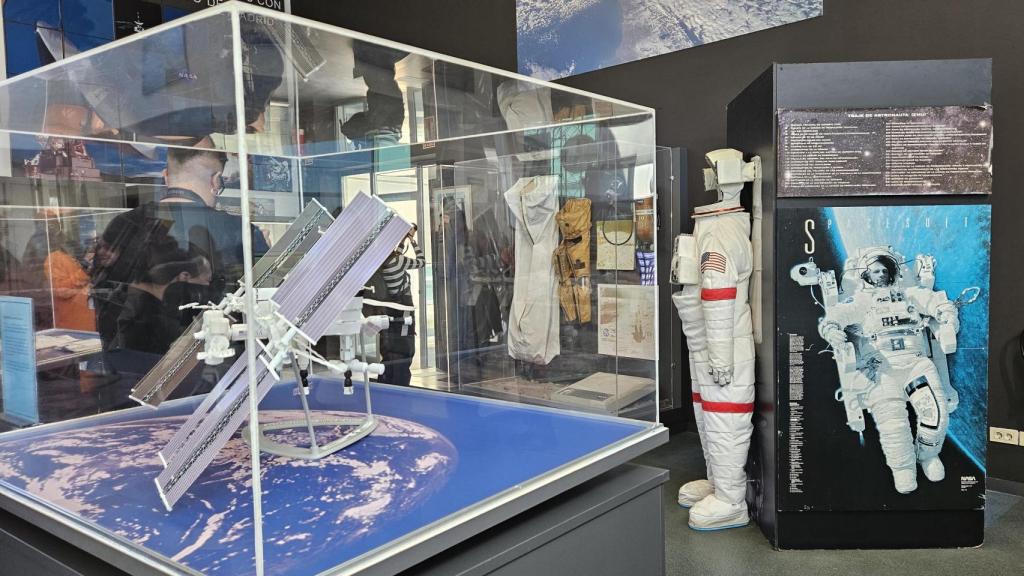
Museum at the NASA station in Robledo de Chavela
Madrid
NASA has recently experienced moments of grave concern about this historic mission. The 46-year-old probe began to malfunction in November 2023, sending back indecipherable data. A technician discovered how to restore this connection, and all the antennas at Robledo de Chavela were pointed in the same direction to search for Voyager’s signal, which would travel more than 24 billion kilometers from Earth.
As can be seen in the photographs, the antennas located at the top are either not in use or are in preparation. Between one connection and another, it takes an hour to prepare the antenna.. During this time, it is necessary to download new forecasts, set a targeting point, or calibrate the transmitter.
Remote control
During the visit, a team of Spanish technicians operate NASA’s three stations remotely in broad daylight. For many years NASA has been creating program to follow the light of the Sun (Follow the sun) which consists of each station operating during daylight hours and monitoring antennas scattered around the world.
Omicrono
With the exception of a couple of technicians who are on duty at night in case of any incident, technology has reduced the working hours at these centers to eight hours, although the antennas operate 24 hours a day. The Jet Propulsion Laboratory (JPL) in California is responsible for developing a comprehensive program that determines when a mission can carry each antenna.
Technological innovations have made it possible to work remotely as well as automation of a significant part of the processThus, over the years, the Spanish team has grown from 400 people to about 90.
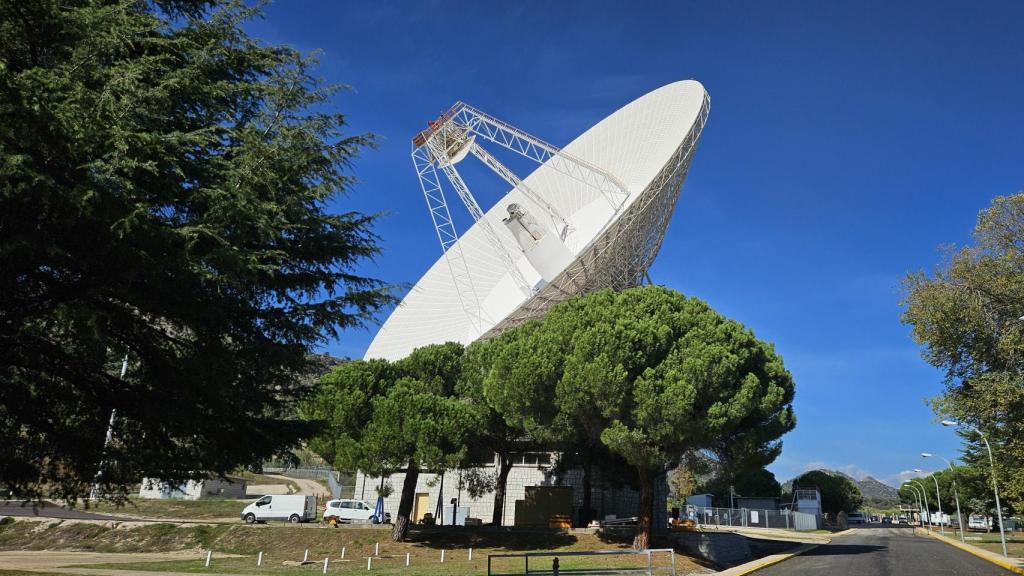
NASA station in Robledo de Chavela
Madrid
Updating this facility will continue to be driven by the needs of future missions, such as manned missions to the Moon and Mars, for which NASA is experimenting with optical communications signals (namely the Psyche probe). allow you to send more data, further and faster. When this technology is perfected, it will be integrated via radio frequency into current antennas, turning them into hybrids. Perhaps by then, Robledo de Chavela will once again make history by connecting with the first woman and first man of color to connect. set foot on the moon with Artemis.
